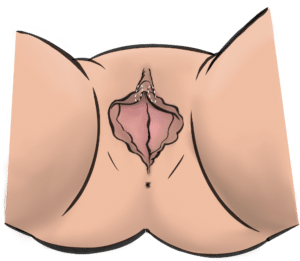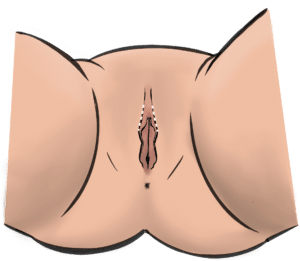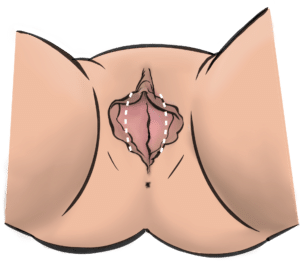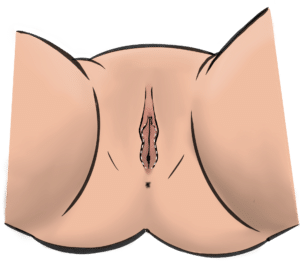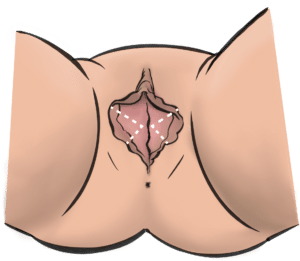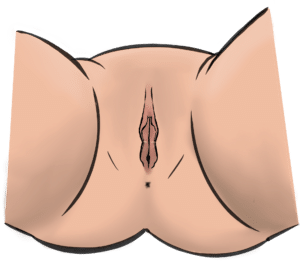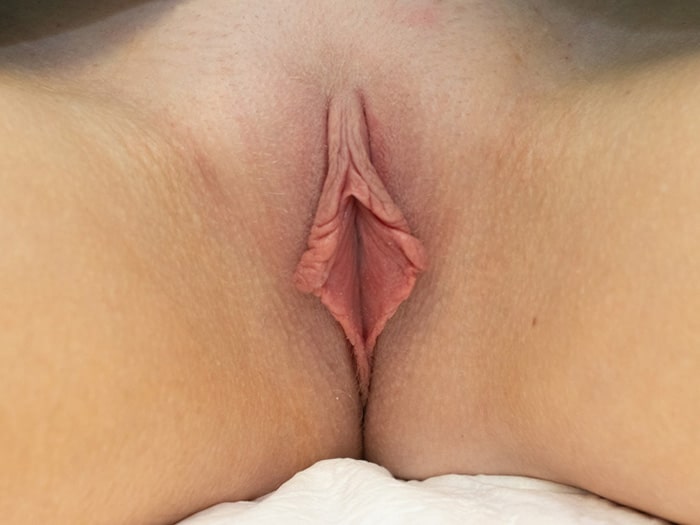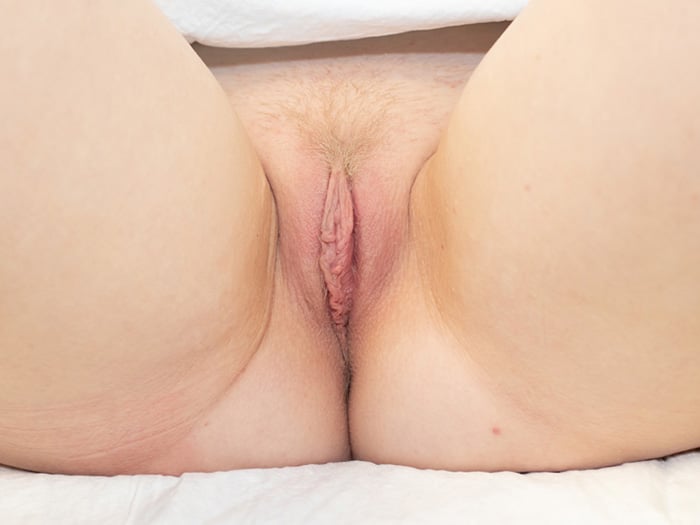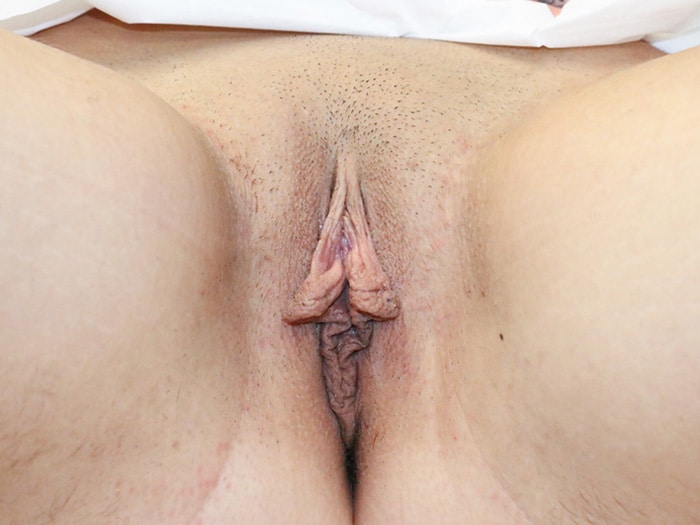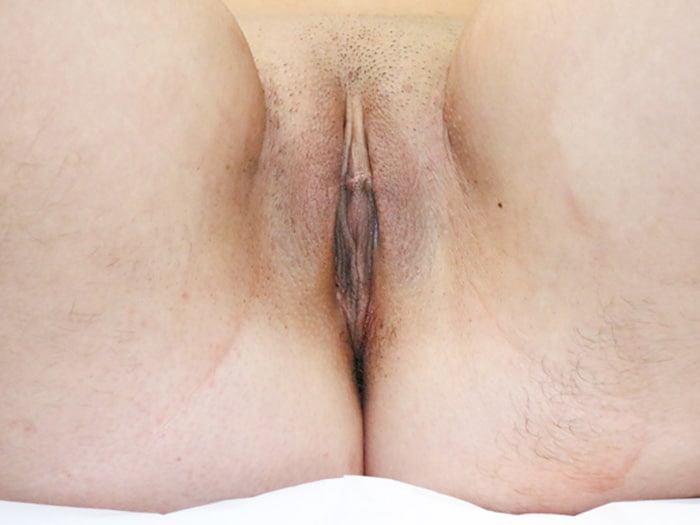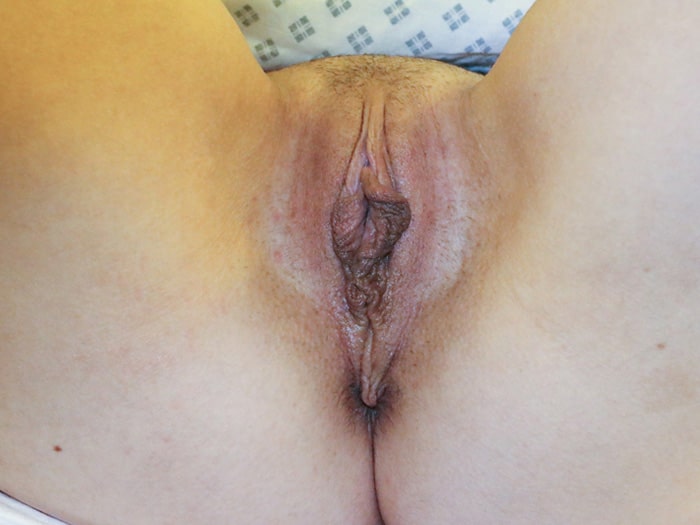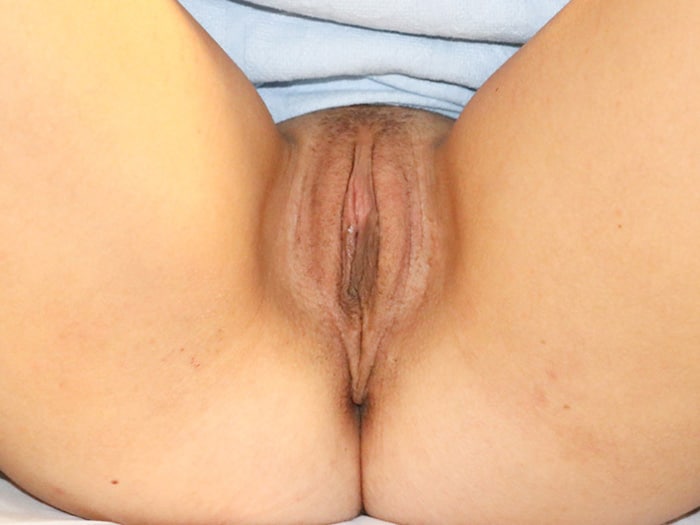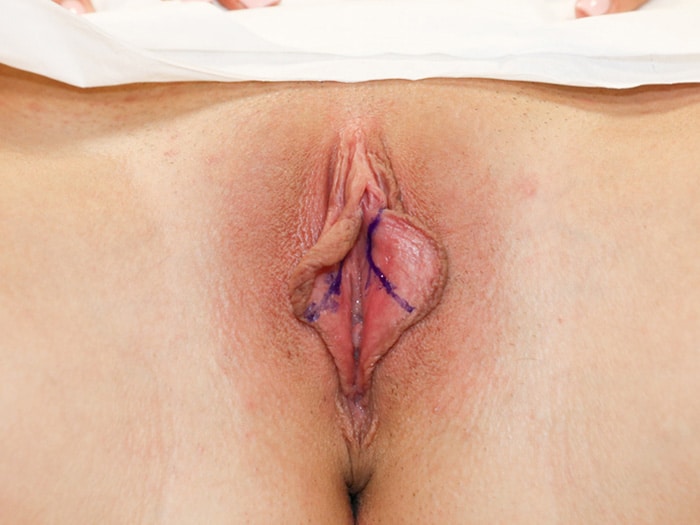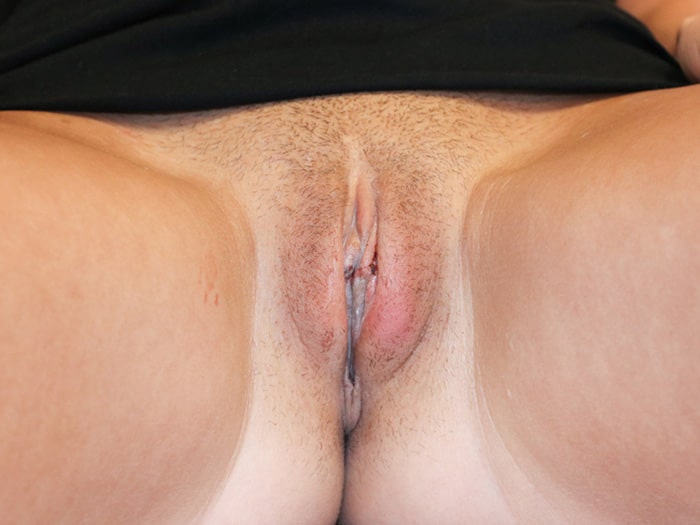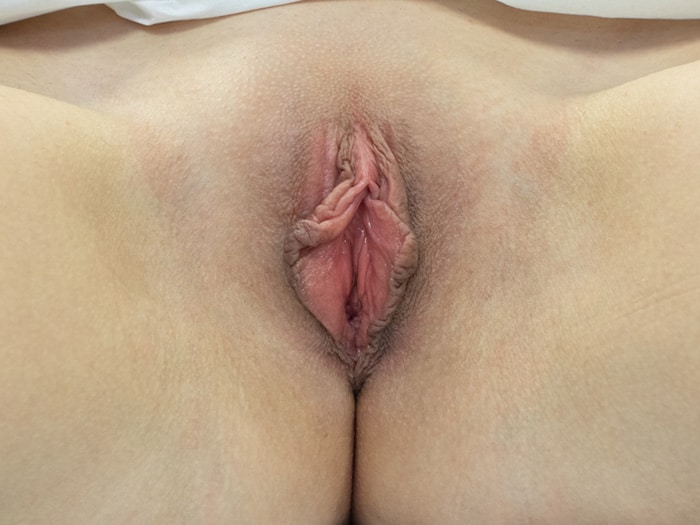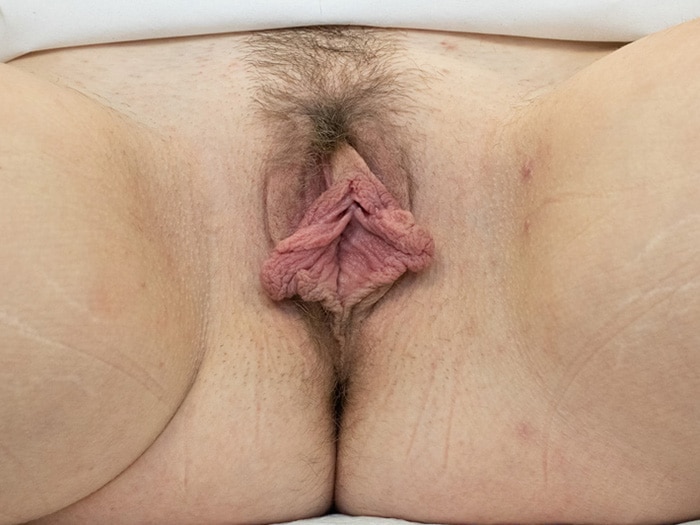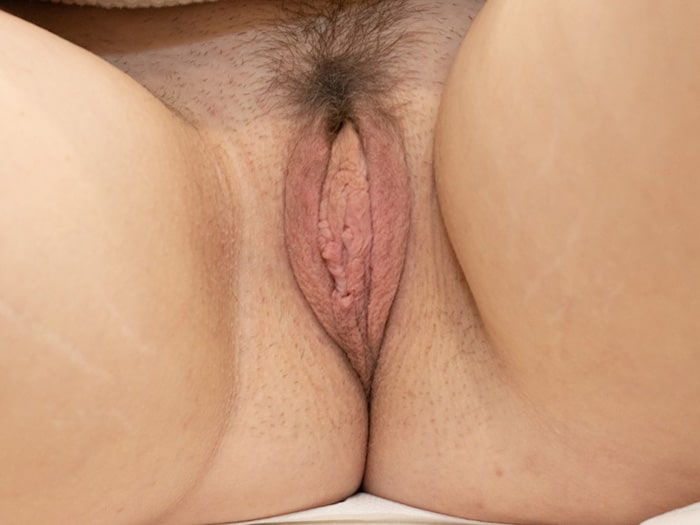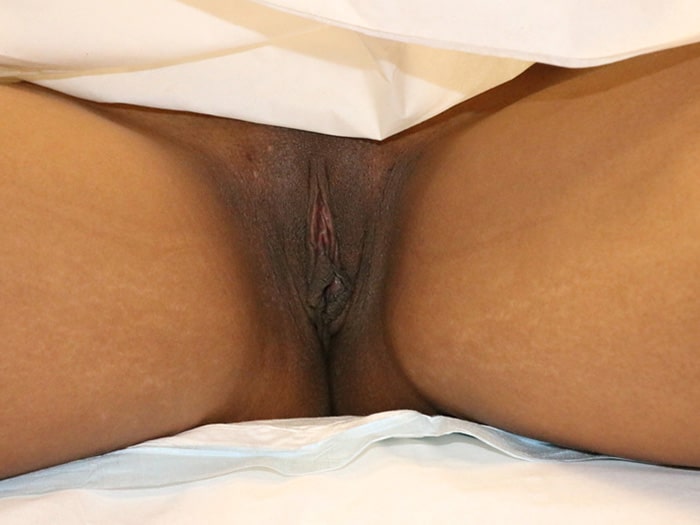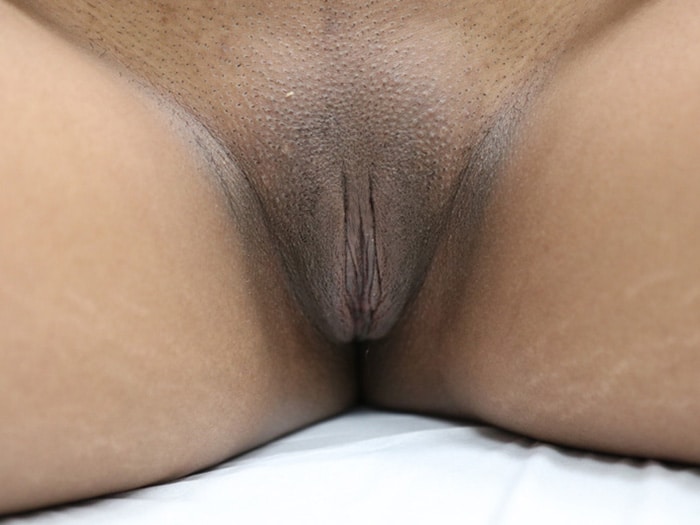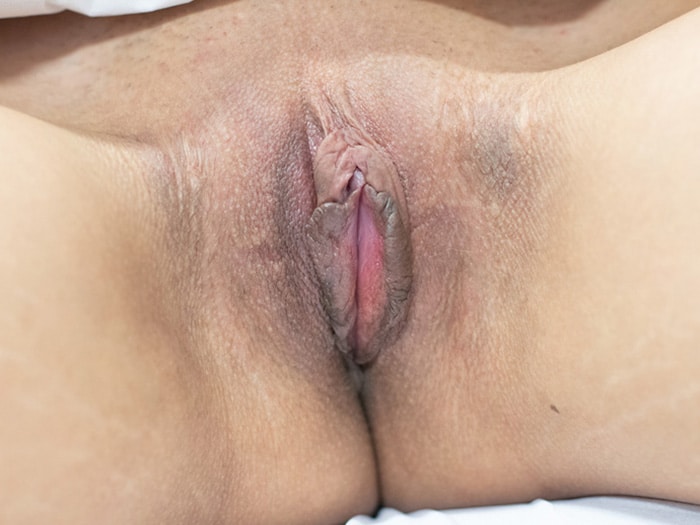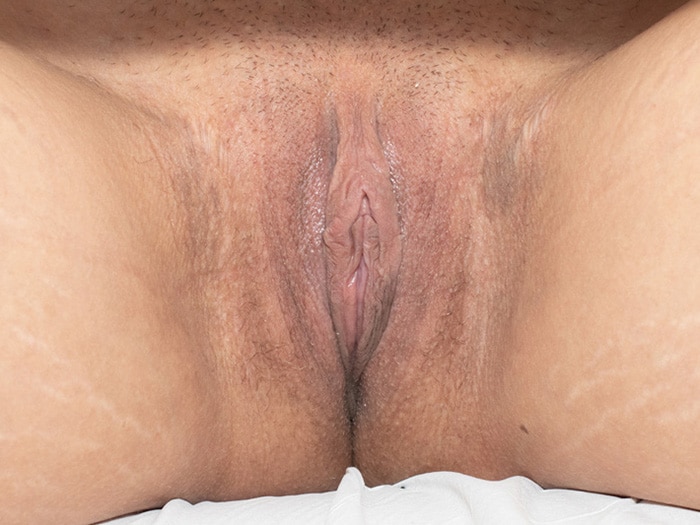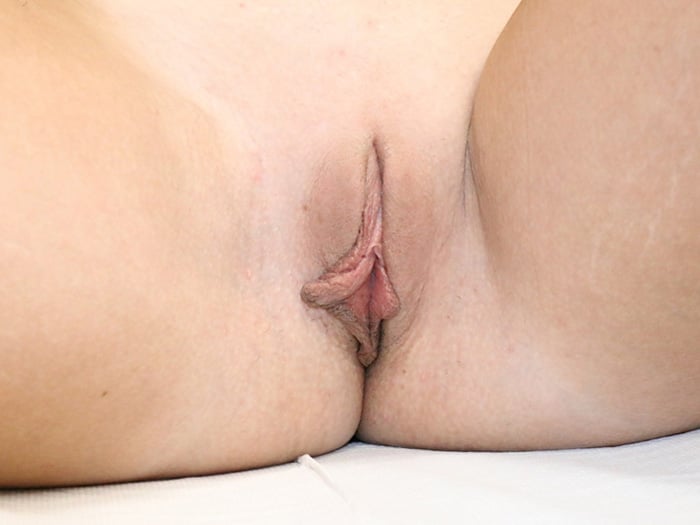|
Procedure
|
Prominent inner labia can cause embarrassment and interfere with clothes, sports and intercourse. A prominent clitoral hood can be another concern. The inner labia are reduced to, or below the level of the outer labia. A labiaplasty can be done with a wedge excision, a trim excision, or a combination technique. It can be combined with clitoral hood reduction.
The wounds are repaired with sutures which do not require removal and dissolve within four months. The wound is covered with ointment and a sanitary towel afterwards.
The area can be cleaned with running water and application of ointment (for 1-2 days only) after going to the toilet. Strong, regular pain killers and cooling packs can help with the discomfort for the first few days. After 5 days gentle manual cleansing with skin products can be commenced.
A two-week recovery period and minimising any activities following surgery is very important to reduce the risk of wound separation. Touch-up procedures are not uncommon but usually very minor with minimal downtime afterwards.
|
|
Scars
|
Across the labia in wedge excisions. Along the labial rim in trim excisions
|
|
Operation time
|
1.5 hours
|
|
Anaesthesia
|
Local anaesthetic spray and injection
|
|
Hospital Stay
|
Day Surgery
|
|
Benefits
|
Aesthetic, Psychological, Functional, Symptomatic
|
|
Risks
|
Bleeding, Infection, Scar problems (stretched, thick, red, retracted, abnormally pigmented or pigmentation mismatch etc.), Skin discoloration, Skin cones, Wound separation, Slough, Necrosis, Pain, Irritation, Numbness, Bruising, Swelling, Overcorrection, Undercorrection, Asymmetry, Aesthetic imperfections (higher risk after subsequent pregnancies / weight changes), Seroma, Injury to clitoris or urethra, Narrow introitus, Dryness, Clitoral hood distortion, Sexual or urinary problems (Urinary retention, spraying), Contour irregularities, Need for further surgery, Allergic reaction. N.B. Most complications are unlikely. Serious risks or death are rare
|
|
Risk factors
|
Alcohol, Poor tissue quality can cause recurrent laxity, Asymmetry cannot be entirely corrected, Poor hygiene, Local pressure or irritation, Driving a car early, Sex / tampons within 6-8 weeks after surgery, Too early or excessive mobilisation, Wound interference without surgeon's agreement;
Contraindications which preclude surgery unless discussed otherwise in the consultation:
Smoking / vaping / nicotine / recreational inhalations within 6 weeks before and after surgery,
Contraception with estrogens or HRT tablets (if under general anaesthetic),
Air travel over 2 hours within 6 weeks before and after surgery (if under general anaesthetic),
Air travel under 2 hours within 2 weeks before and after surgery,
Overweight (Body Mass Index = BMI of 27 and over),
Recent weight changes over 6kg,
Pregnancy (if under general anaesthetic),
Raised blood pressure (if poorly controlled),
Bleeding tendency (Stop herbal products or supplements for two weeks before surgery),
Diabetes or immunosuppression (if poorly controlled)
|
|
Optimising factors
|
Diet rich in Vitamin C and protein, plenty of fluids, fresh air, sufficient sleep, scar massage, two weeks rest and minimising irritation
|
|
Discomfort
|
1 - 2 weeks
|
|
Bruising
|
2 - 3 weeks
|
|
Recovery
|
Light activities and driving 2 weeks, Physical work, intercourse and sports 6 weeks
|
|
Acceptable appearance
|
6 - 12 weeks for most patients (This is subjective)
|
|
Final result
|
6 - 18 months
|
|
Alternatives
|
No Surgery, Protective underwear
|

